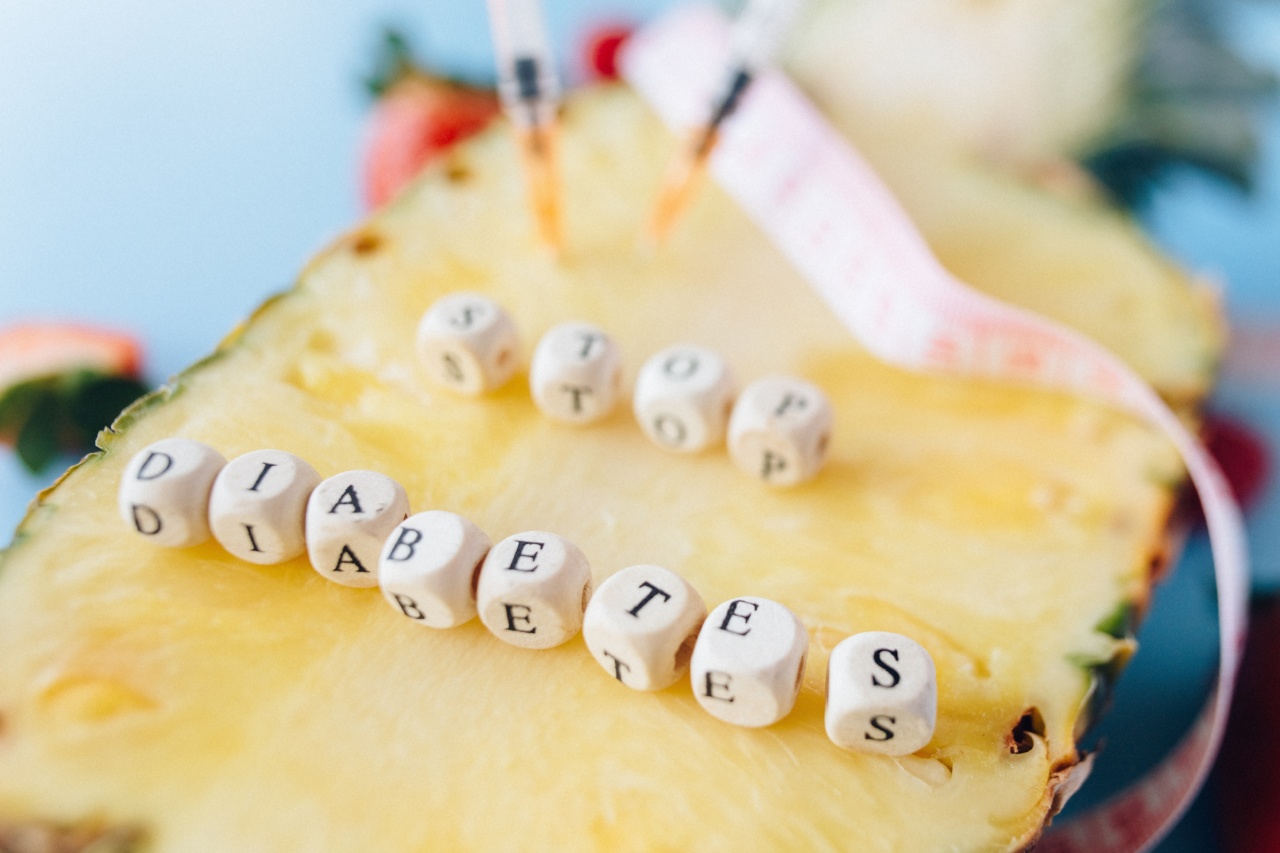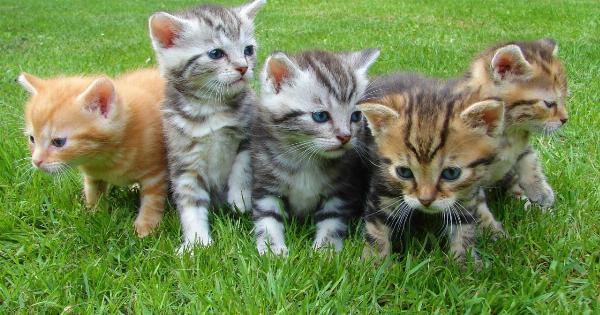Feline diabetes is a common condition in which a cat suffers from high blood sugar levels due to a lack of insulin secretion or insulin resistance in the body.
Just like in humans, proper management of diabetes in cats is critical to maintaining their overall health and preventing complications.
Diet and Feline Diabetes
Diet plays a crucial role in managing feline diabetes. A well-balanced and consistent diet can help to stabilize a cat’s blood sugar levels and make insulin dosing more manageable.
A diabetic cat’s diet should be designed to slow down carbohydrate digestion and limit the amount of sugar in the blood.
Designing a Diet for Diabetic Cats
When designing a diet for diabetic cats, it is essential to work with a veterinarian who specializes in feline nutrition. Your vet may recommend a prescription diet specifically formulated for cats with diabetes. This diet may include:.
1. High Protein Content
Diabetic cats require a high-protein diet, which helps to maintain proper muscle mass and can improve insulin sensitivity. A diet rich in protein also helps to maintain a healthy weight, which is essential for managing diabetes.
2. Low in Carbohydrates
Cats are obligate carnivores, which means they do not require carbohydrates in their diet. A diet low in carbohydrates helps to keep a diabetic cat’s blood sugar levels stable and balanced.
Foods with low glycemic indexes such as chickpeas, lentils, barley and quinoa are often recommended.
3. Consistency
Consistency in feeding is important for diabetic cats. Feeding them at the same time every day and in the same amounts helps to keep their blood sugar levels stable.
Feeding smaller, more frequent meals throughout the day is also beneficial as it helps to prevent fluctuations in blood sugar levels.
4. Supplements
Supplements such as omega-3 fatty acids, vitamin E, and antioxidants may help to improve insulin sensitivity in diabetic cats. However, it is essential to consult with a veterinarian before adding supplements to a cat’s diet.
5. Adequate Water Intake
Diabetic cats are at an increased risk of dehydration, which can lead to further complications. It is important to ensure that they have access to fresh and clean water at all times.
Other Tips for Managing Feline Diabetes
In addition to a proper diet, there are other steps that cat owners can take to manage their pet’s diabetes:.
1. Regular Exercise
Regular exercise can help to improve insulin sensitivity and maintain a healthy weight. Playtime is also important for diabetic cats as it helps to reduce stress levels.
2. Monitoring Blood Glucose Levels
Monitoring a diabetic cat’s blood glucose levels is essential to ensure that their insulin dosage is correct.
Regular blood sugar monitoring can be done through a simple blood test at your veterinarian’s office or at home using a portable glucose meter.
3. Regular Vet Visits
Diabetic cats require ongoing care and monitoring. Regular visits to your veterinarian can help to catch any complications early and ensure that your pet’s treatment plan is working correctly.
Conclusion
Managing feline diabetes with diet is critical to maintaining your pet’s overall health and quality of life.
A well-balanced diet, consistent feeding schedule, and other management strategies can help to keep your cat’s blood sugar levels stable and prevent complications.































